Abbey Road’s Lasting Legacy
It’s been 50 years since the Beatles released their greatest album: 'Abbey Road.'
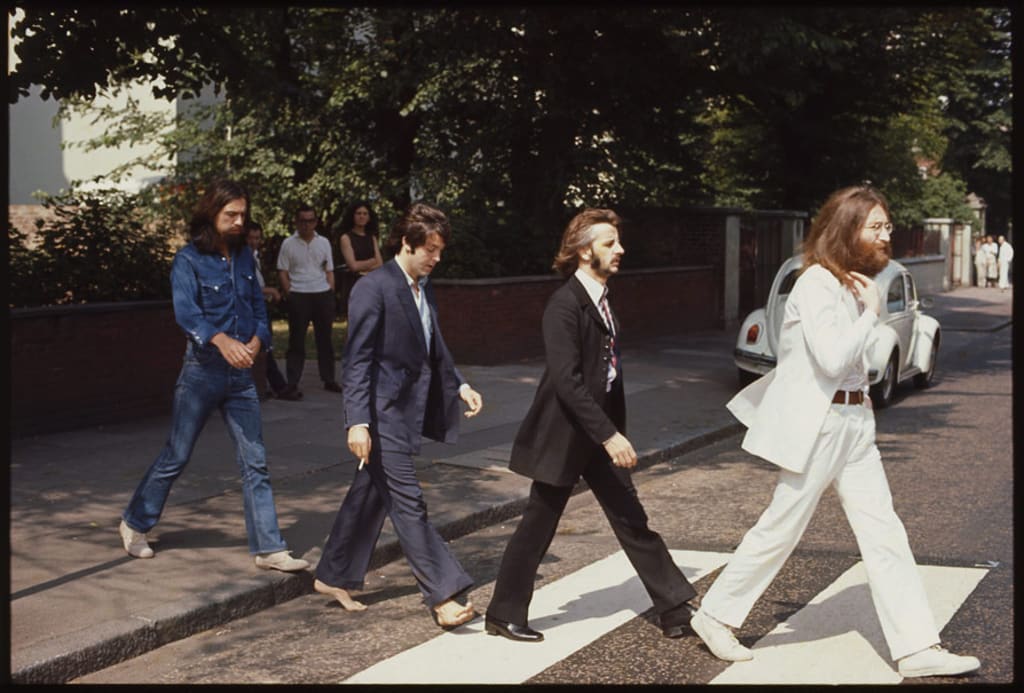
"And in the end, the love you take, is equal to the love you make."
These lyrics are the official ending to one of the greatest chapters in all of history. "The End" sits at the conclusion of Abbey Road, the Beatles magnum opus. Despite the song clocking in at just over two minutes long, Paul McCartney, John Lennon, and George Harrison each have a guitar solo, allowing the band to come together one final time before the very end. Even Ringo Starr has his own drum solo, which makes a rare appearance on the track. This song is what truly signifies the completion of an era.
September 26 marks 50 years since this revolutionary album was released for the world to hear. Even today it still turns heads on every listen. Abbey Road remains fresh and exciting each time one song flows into the next. And that medley. To this day, there’s still nothing that can top it across the entirety of popular music.
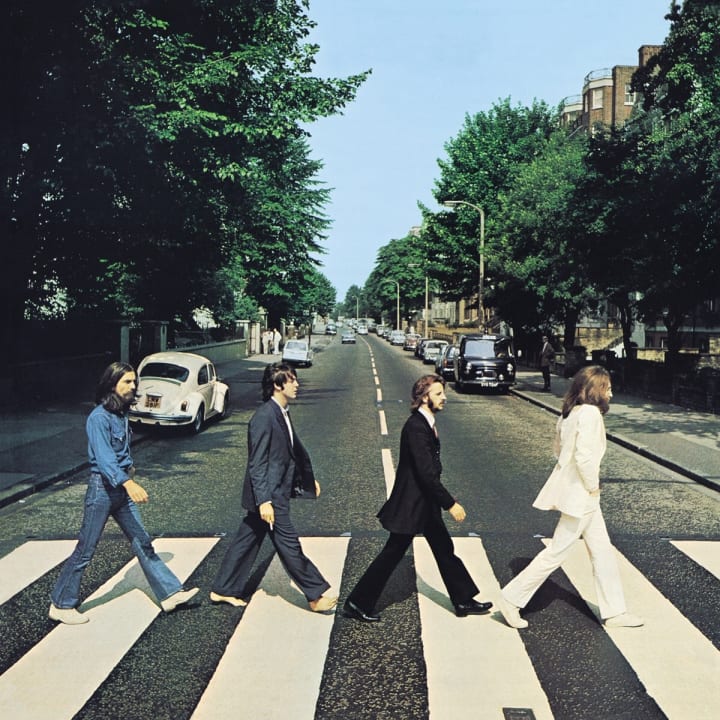
The long and winding road it took to get to this album was a catastrophe, to say the least. Fighting between bandmates and crew reached new heights in the group’s later years. And yet, out of all that dysfunctional mess was something glimmering in gold.
Sessions for the Beatles last official album, Let It Be, turned into a complete disaster. Phil Spector had taken over the producing reins from George Martin, who was the band’s producer on every other Beatles album up until that point. With tensions at an all-time high, it was time to get back into the studio to produce something they would all be proud of.
During the Beatles documentary film, also titled Let It Be, the group is shown rehearsing and recording a few songs which would eventually end up on Abbey Road. "Octopus’s Garden" and "Oh Darling!" can be seen in the film later released in 1970. Even "Maxwell’s Silver Hammer" is included despite the Beatles recording dozens of takes for that particular song.
The Beatles may not have been their closest relationship-wise during the making of Abbey Road, but it is the band at their most cohesive. It easily stands out in the band’s discography and has stood the test of time, making it one of the greatest albums ever crafted.
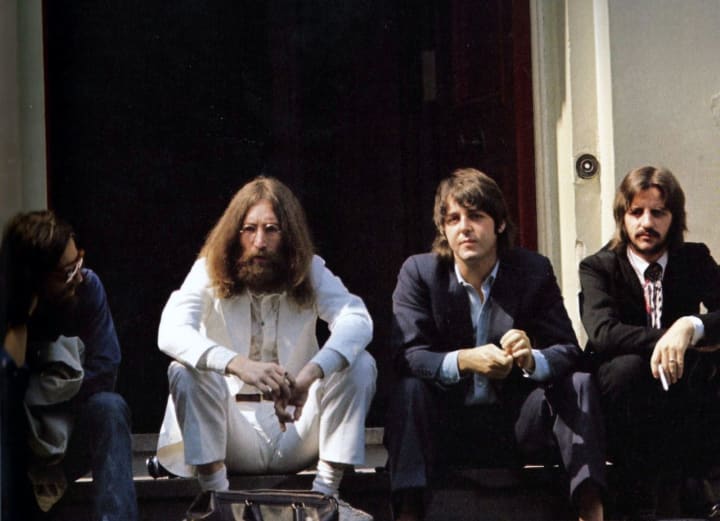
The album begins with "Come Together," a Lennon track that showcases some of McCartney’s best bass work. Harrison has a few of the best songs in his entire discography on Abbey Road. "Something" is one of Harrison’s most heartfelt love songs. Even the crooner himself, Frank Sinatra, called it "one of the best love songs... to be written in 50 or 100 years," when it was released. Harrison’s other song "Here Comes the Sun" is a classic and beautiful melody about the seasons and love becoming new.
In pure McCartney-style, he includes a few oddities of his own. The dozens of takes for "Maxwell’s Silver Hammer" go hand in hand with the crazy lyrics to the song. On "Oh! Darling," McCartney wanted to emulate barbershop quartets he grew up listening to.
As side one comes to a close with "I Want You (She’s So Heavy)," side two opens with Harrison’s "Here Comes the Sun" and the collaborative track "Because," a short hymn-like number that showcases the best Beatles harmonies across all of their albums.
Then the medley begins.
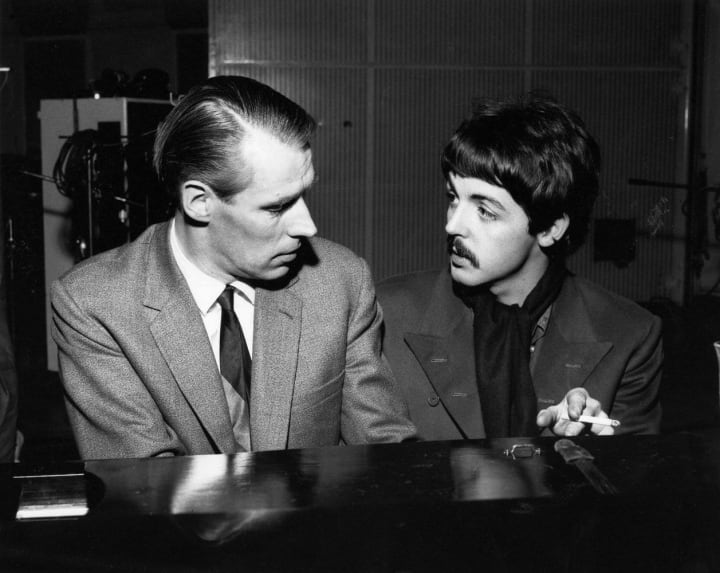
Put together by McCartney and Martin, the two created the medley to use up several incomplete songs the Beatles had written over the last few years. Starting with "You Never Give Me Your Money," the medley takes the audience on a magical journey of the Beatles growth in music.
The opening number, "You Never Give Me Your Money," was written about the band’s current dispute over their new manager, Allen Klein. McCartney viewed Klein’s propositions as empty promises that went on to inspire the lyrics. The song then transitions seamlessly into Lennon’s "Sun King" instead of an abrupt ending heard on most of the songs released at that time. Lennon’s "Mean Mr Mustard" and "Polythene Pam" follow, the former written during the Beatles’ trip to India in 1968.
These tracks are followed by four of McCartney’s songs: "She Came in Through the Bathroom Window" (written after a fan broke into McCartney’s house using his bathroom window), "Golden Slumbers," "Carry That Weight," and closing with "The End."
The track, "Her Majesty" actually concludes the album, but it remains hidden in the Abbey Road track list. This song was meant to be cut from the final medley mix and only ended up being left on due to some miscommunication between McCartney and a few engineers. Regardless, this medley was revolutionary for its time and once again something brand new from the Beatles’ music that had never been heard before.
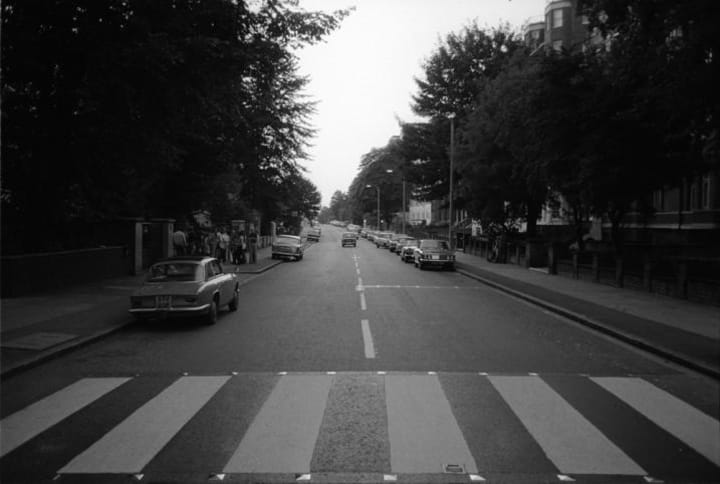
The front cover of the album was shot on August 8, 1969 outside of EMI Studios on Abbey Road. Photographer Iain Macmillan was only given ten minutes to take the photo as police held up traffic. Macmillan took six photographs, the fifth being chosen by McCartney for the album cover.
This was the first time on a Beatles album the front cover didn’t contain the group’s name or album title. All it featured was the iconic photograph of the band crossing the street, walking away from the studio they had spent so much time in over the course of their entire career.
It’s now been 50 years since the Beatles released their greatest album; Abbey Road. A lot has changed in since then, but one thing remains the same: the Beatles created one of the most unified albums ever at a time when they were all coming apart at the seams. They truly needed to grow apart to come back together stronger than ever for one last fantastic album to be recorded.
Although it’s not the Beatles last official album, Abbey Road was the final time the band would work together on a project they would all be proud of.
Watch the accompanying video here:
About the Creator
Shandi Pace
History lover, music nerd and sports fanatic. | Instagram & Twitter: @shandipace, YouTube: https://www.youtube.com/shandipace






Comments
There are no comments for this story
Be the first to respond and start the conversation.